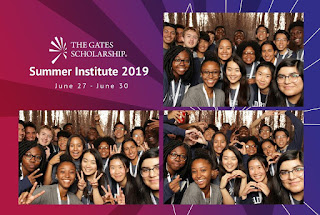Active Recall Note-Taking
Active Recall Note-Taking (ARNT) is a note-taking tactic that compresses information, enhances memory of the notes, reduces time taken to physically write, pushes the writer to heavily process the info, and makes readers recall the meaning behind the words while reviewing.
In my sophomore year of high school, I took my first college-level course, AP Biology. To help myself learn the material well while balancing other responsibilities and hobbies, I re-evaluated my work habits and, as a result, formed a new style of note-taking that helped me immensely.
Active Recall Note-Taking (ARNT) is a note-taking tactic that compresses the information through a heavy use of abbreviations and omitting unnecessary words. This allows the user to quickly scan through large amounts of information. The shortened words and sentence structure force readers to recall what abbreviations stand for and decipher the phrase’s meaning (which is typically no longer explicit since grammar is swapped out for conciseness).
I always took notes by hand in pen while using this method, so I had to process the whole phrase before writing it out as erasing was not an option. Striving to make my notes concise, I typically played with syntax and diction, rearranging words and turning the general to specific. Having to think so hard about each bullet point slowed down the process, mentally, and let my brain understand how important each piece of info truly is.
In early 2018, I stumbled across a Facebook post publicizing Sans Forgetica, an interesting font designed to enhance user’s memory while note-taking. While there’s no information on whether it is better than writing by hand, it’s hopefully an improvement from your average, everyday font. Here’s how the website describes this innovation.
“Sans Forgetica is more difficult to read than most typefaces – and that’s by design. The 'desirable difficulty' you experience when reading information formatted in Sans Forgetica prompts your brain to engage in deeper processing.”
The hard-to-read font leaves literal gaps in the letters, creating a deeper read and making your brain work harder to recall what you wrote, a process similar to that of Active Recall Note-Taking.
Starting to see a pattern here? Leaving gaps, be it through information or literal gaps in the text, are designed to enhance your memory. Although copying straight from the textbook may retain all the details, it doesn’t help you focus on what’s important nor identify the true meaning of a text.

Comments
Post a Comment